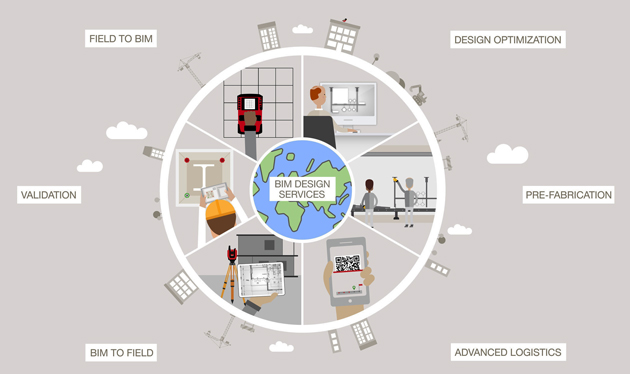Modelling transforming construction work, says Hilti
- February 8, 2021
- Steve Rogerson
Hilti says its building information modelling (BIM) services are transforming projects as the construction industry embraces digitalisation.

At a time when construction companies look to digitise processes, Liechtenstein-based Hilti says its BIM design services and digitised building tools are transforming the way construction projects are designed and managed.
The construction industry is embracing digitalisation during recent challenging times. Digital technologies such as BIM are enabling companies to adapt to these changes. BIM is enabling greater collaboration between extended project teams working on different areas and stages of the construction process. Workers involved in design, construction or facility management can upgrade to an efficient end-to-end workflow.
BIM’s single source of reference supports carrying out construction projects more efficiently leading to increased productivity. By moving from traditional setting out methods and deploying layout tools, businesses can increase accuracy and increase productivity on the construction site.
Businesses can also see lower material costs by reducing the risk of over-ordering while streamlining installation processes by using BIM.
Remote co-ordination of data keeps projects going with BIM. Teams from multiple locations can access data at any time, from anywhere. This supports safer working and ensures projects are keeping going.
“Let’s consider MEP [mechanical, electrical and plumbing] planning,” said Karl Johnson, technical marketing manager at Hilti. “Without BIM, the support structures are planned on-site and separately by each trade involved in the construction process which can lead to higher costs and a reduced productivity. Whereas BIM facilitates end-to-end planning of all trades in one go, so that support structures can be shared. This results in greater productivity on site and less material wastage.”
By optimising design, moving from traditional single trade MEP and moving to a common, multi-trade support, businesses can not only eliminate clashes in the digital twin, but also achieve an increase in construction site productivity of up to 70% faster installation time and a reduction in material of up to 50%, said Johnson.

